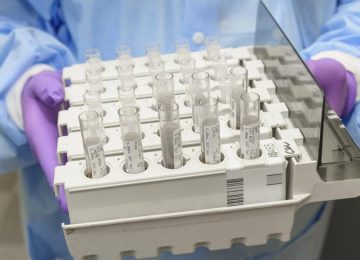
Laboratory
A laboratory is a facility that provides controlled conditions in which scientific or technological research, experiments, and measurement may be performed. Laboratory services are provided in a variety of settings: physicians’ offices , clinics, hospitals, and regional and national referral centers.
SAFETY
In many laboratories, hazards are present. Laboratory hazards might include poisons; infectious agents; flammable, explosive, or radioactive materials; moving machinery; extreme temperatures; lasers, strong magnetic fields or high voltage. Therefore, safety precautions are vitally important. Rules exist to minimize the individual’s risk, and safety equipment is used to protect the lab users from injury or to assist in responding to an emergency.
- Complete Blood Count. This test, also known as a CBC, is the most common blood test performed. …
- Prothrombin Time. …
- Basic Metabolic Panel. …
- Comprehensive Metabolic Panel. …
- A1C.
- Amniocentesis see Prenatal Testing.
- Biopsy.
- Blood Pressure see Vital Signs.
- Blood Tests see Laboratory Tests.
- Breathing Rate see Vital Signs.
Lab tests and diagnostic procedures are tests used to check if a person’s health is normal. For example, a lab can test a sample of your blood, urine or body tissue to see if something is wrong. A diagnostic test, like blood pressure testing, can show if you have low or high blood pressure.

